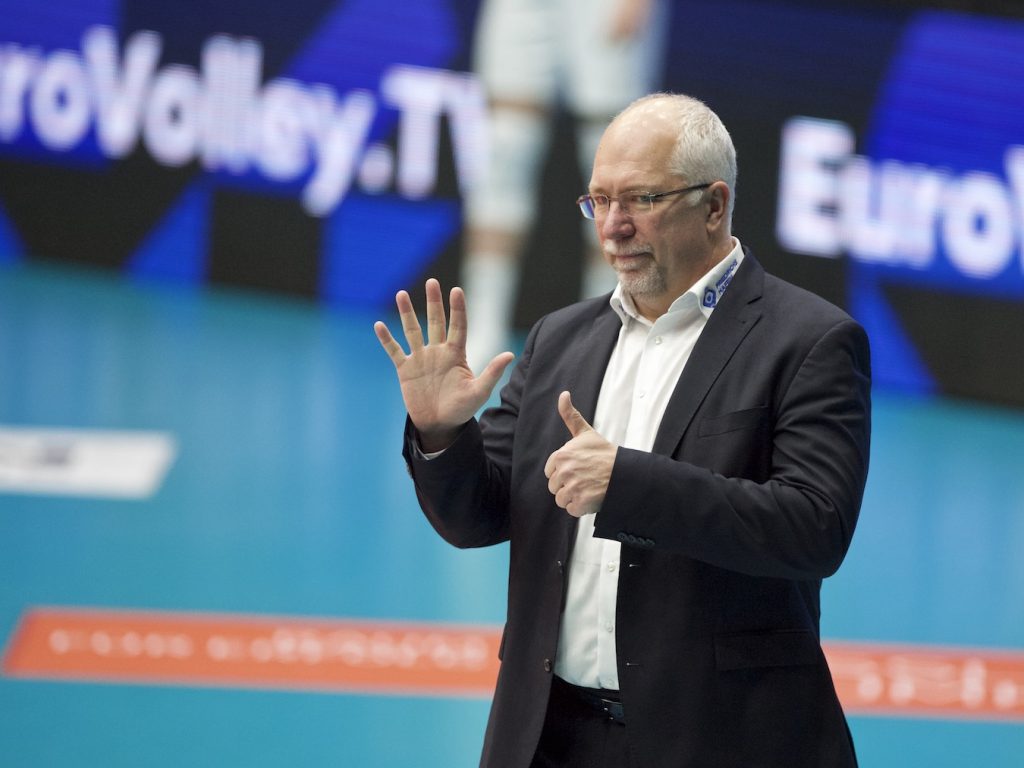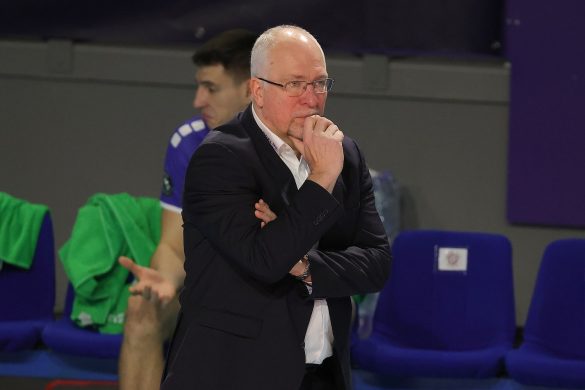The curse of the father is to teach lessons that the son doesn’t completely understand until he himself is a father. My father often talked to me about first principles. When I had a problem of any sort, he would tell me to go back to first principles. I kind of understood what he meant, but until I got to study calculus at school I didn’t realise that first principles was an actual thing and not something my father made up. And it wasn’t until years later, that it (finally, and embarrassingly) dawned on me that what he meant was go to back to the rules that exist and information you possess and start from there. It turned out to be astonishingly good advice.

Rick Rubin is a famous music producer, and not my father. He wrote a book on creativity. In the book he tells the story of the time Google did an AI project with the ancient Chinese board game Go. The game is so complex that it was theorised AI could never beat a human. To cut a long story short, to the complete shock of everyone involved, the AlphaGo program basically won on the first move. The first move was so shocking that spectators thought it was against the rules and the opponent had to leave the table to compose himself. It turns out that computer had been taught the game starting from the rules, whereas the the human had the learnt from the conventions and tactics that had evolved over 2500 years. Starting first principles instead of conventional wisdom won the day.
One of the enduring debates in some areas of the volleyball world is what is the optimal distance from the net to attack the ball. Is it better for the set to be close to the net, or some distance from the net? You already have an opinion. I already have an opinion. It is entirely possible that our opinions divarge. Is there a first principles approach to solve the problem once and for all? Let’s see.
- By Mark Lebedew: Men’s Volleyball – Are Serve Errors Important?
- By Mark Lebedew: How the Pancake Destroyed Defence
- By Mark Lebedew: Small Games. Big Lessons
- By Mark Lebedew: The Goal Defines The Method
- By Mark Lebedew: Who Should Build The Team?
What are the rules of the game? A player must direct the ball onto the floor of the opponent’s court without touching the ball on the opponent’s side of the net and or touching the net. Therefore the set must be on the attacker’s side of the net. Not particularly revealing, but a start.
What are the court dimensions? What is the geometry of the problem? Between the two teams there is a huge net that the ball has to go over. I will jump the next few steps to get to the good bit, but soon one concludes that the higher one is the easier to direct the ball over the net. Volleyballers need to be tall. Again not revelatory, but the next step is; at any given contact point above the net, the closer the attacker is to the net, the larger the area of the court that can be attacked.
So geometry is clear on the subject. In the absence of an opponent, the position in relation to the net that gives the attacker the most area of the court to attack is close to the net.
What happens if there is an opponent? What do the rules say about the block? If the attack touches the block and lands out of court, it is a point to the attacking team. So it is not necessary to hit the court to win a point. An attack can go off the block and out. The rules also say that the block cannot touch the ball before the attacker. So even if the set is within reach the block cannot touch it first.
What is the best position of the ball to hit off the block? Does our initial finding still hold? The closer the ball is to the block, the greater the chance of the attacker being able to direct the ball to hit the block and go out of court. Given that the attacker must also see the block peripherally, a set close the net allows the attacker to see the block most clearly.
In conclusion, the position in relation to the net that gives the attacker the most options to attack to an empty space on the court, or off the block and out is close to the net.
POSTSCRIPT: I am preparing a webinar on modern, or advanced, attacking solutions. In addition to the basic scenarios described above, a set close to net allows for more variable and creative attack solutions such as various types of tips and recycling.
About Mark Lebedew:

Mark Lebedew authors the At Home on the Court Blog. He coaches professionally in Poland, from january 2021 with eWinner Gwardia Wrocław, in season 2019/20 with Aluron Virtu CMC Warta Zawiercie and in the period 2015-2018 with KS Jastrzębski Węgiel. That follows five seasons Germany where his Berlin Recycling Volleys won three straight league titles and a CEV Champions League bronze medal. He has prior professional experience in Belgium and Italy. Mark was also Head Coach for the Australian Men’s National Team. From 2021/2022 until the end of the 2023/2024 season he was at the helm of VfB Friedrichshafen, while in 2022 he led the Slovenian national team during the Volleyball Nations League. In the 2024/2025 season, Mark Lebedew takes charge of the Netherlands’ team, Nova Tech Lycurgus.
Mark partnered with his brother and father to translate and publish “My Profession: The Game“, the last book by legendary Russian coach, Vyacheslav Platonov.
With John Forman, he is behind the Volleyball Coaching Wizards project (link http://volleyballcoachingwizards.com/) which identifies great coaches from all levels, making their experience, insights, and expertise available to people all over the world. The project has produced multiple books, a in e-book format available here ( link to http://bit.ly/34yakou ) or at Amazon here (link https://amzn.to/2JRqTE6).
In 2021, he launched project Webinars and Presentations on Demand. If you are interested for coaching presentations and webinars available on demand, click here.